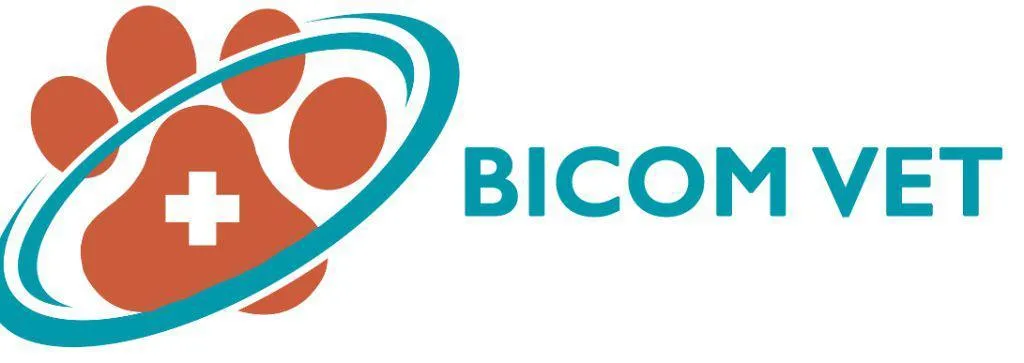
Four Bicom® devices in regular use in clinic
Custom HTML/CSS/JAVASCRIPTFour BICOM® devices in use
In 2000 I attended the CAM (Medical Fair in Düsseldorf) with the firm intention of purchasing an ultrasound device. As I walked through the rows, I noticed the stand with the BICOM® device. I was interested in this device. I had it presented to me and learned a lot about how it works and its suitability for a wide variety of indications. The presentation immediately convinced me, with the result that I bought a BICOM® bioresonance device instead of the ultrasound device! A spontaneous decision that I have not regretted to this day!
The acid test
The first use of the BICOM® device came unexpectedly on a dark winter night. My son hit a roebuck on a forest road and brought it home with him. The animal was in a coma, and I could not immediately identify any serious internal or external injuries.
Now the BICOM® device was in demand! The condition of the roebuck improved noticeably even during the first treatment. I treated him daily and you could see how good it was for him. After just one week he was well enough that we could release him. The roebuck jumped cheerfully and without any visible impairment into the nearby forest! The BICOM® device had proven itself, a happy moment for the whole family!
Treatment without injections and expensive drugs
Word got around quickly how well animals can be helped with bioresonance. Without injections or expensive medication. Due to the excellent results, I work almost exclusively with bioresonance therapy. She is the mainstay of my practice. I now have four BICOM® devices in use.
AUTHOR
Dr Marlene Heidkamp-Kremer
Veterinarian, has been working with the BICOM® bioresonance method since 2000, which is the focus of her work. She values stringent treatments and always tries to achieve her goal with just a few treatments. The treatment spectrum is broad and ranges from allergies to pseudopregnancy to pancreatic weakness, etc.


Facebook
Instagram
Mail